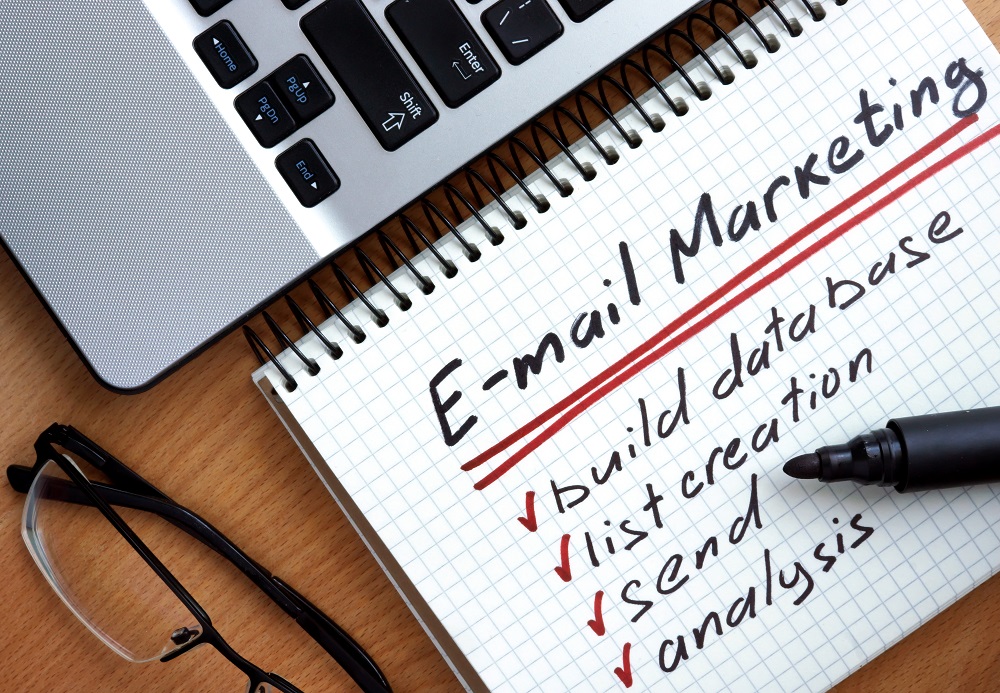Looking at your email database after a trade show can sometimes feel as daunting as going through your garage. You know there’s something useful there, but it can often be cumbersome to find.
Odds are that you have a lot of email addresses in your database but aren’t sure where they all came from and don’t know which ones are most interested in buying your solution.
Your list would probably be more useful if you had the answers to these questions, correct? The good news is getting that insight is easier than you think and it doesn’t require paying an intern to do hours on end of grunt work for you.
By fine-tuning your email strategy, you can easily figure out how much each person on your list does or doesn’t want to engage with you. As with most marketing tactics, you’re better off capitalizing on an engaged audience than you are trying to market to as many people as possible. Basing your actions on who opens your email essentially helps streamline this process for you.
This is called a drip campaign. These are emails sent out at a specific time based on different triggers. Based on your reader’s reaction to the email, you can lead them closer to a sale either with something more product-specific or even a call-to-action.
With ASIS just around the corner, most security suppliers will be gathering hundreds of emails to add to their existing database. The next step you take is an important one.
Physical security customers want useful information in their emails and it’s up to suppliers to provide the education they’re looking for. A drip strategy is perfect for getting that information across. Here’s what a campaign might look like using a drip strategy post-ASIS.
Introduction
Help your new leads understand the value they’re getting from being an email subscriber. Within three to five days after ASIS, send a welcome email with a piece of content that showcases broad industry expertise.
Ideally, this intro email should contain a report on industry trends or whitepaper on best practices within the physical security industry. While you already have these prospects’ email address information, their downloads will allow you to segment the data even further to separate the leads that are interested in your content right now.
You’re also providing valuable information that your potential customers are looking for rather than making a straight sale. While this practice might seem counter-intuitive, it actually takes a lot of the legwork away from your sales department because much of the information they’d provide on a sales call will likely be covered by this whitepaper.
Middle
This is really where security brands have the opportunity to turn leads into customers.
By using email to send a variety of blog posts, tip sheets, case studies or really anything that will educate prospects further about your brand, you create new touchpoints for them to engage with you. This allows your brand an opportunity to show thought leadership and ultimately gain their trust.
The most important part of this is getting that conversion. While we usually define conversions as someone filling out a contact form, it can be a smaller action such as clicking through to a link or visiting a certain number of pages on your site.
In a perfect integrated marketing world, your digital marketing program should qualify most sales leads so by the time your rep picks up the phone, it’s really just a matter of signing the dotted line.
Close
There’s a good chance your prospect has already contacted your sales team for a proposal or demo at the very least. But if they haven’t, there’s one more step you can include to close the loop.
Have a member of your sales team either reach out by phone or email. By this point, a direct pitch should be welcomed and your prospect will have enough information about you to make a purchasing decision.
While getting to this step is a long process, it provides a better experience for your customers and allows you to better qualify your sales lead. You can also build email campaigns in the future that target each of these audiences now that they have all self-segmented.
Want to learn about email marketing trends in the physical security industry? Read our 2016 Email Marketing Study for information on how security buyers are consuming marketing emails.


